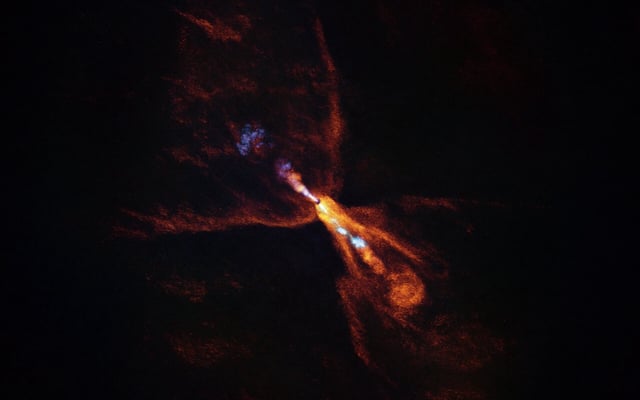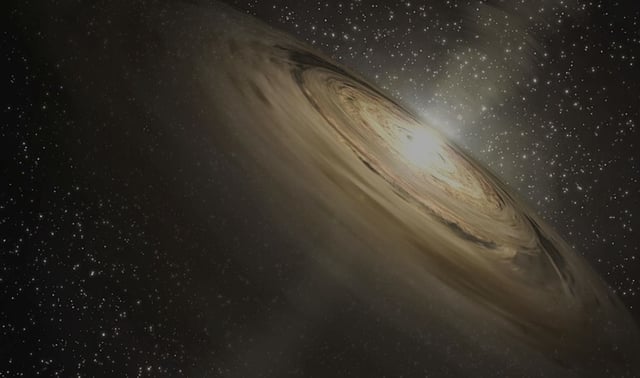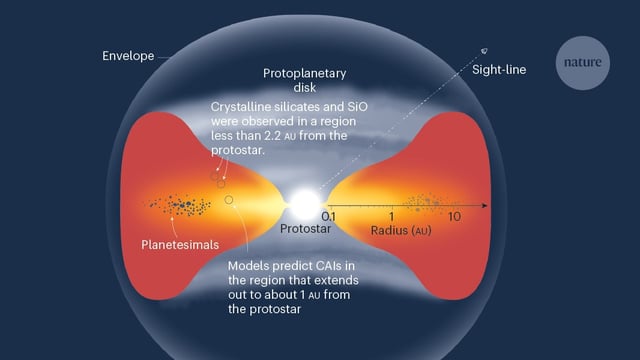Overview
- Astronomers detected spectral signatures of warm silicon monoxide gas cooling into crystalline silicate grains within the protoplanetary disk of HOPS-315.
- The condensation zone lies about 2.2 astronomical units from the protostar, a location similar to the Solar System’s asteroid belt.
- This observation represents the earliest stage of planet formation ever directly witnessed outside our own Solar System.
- Published July 16 in Nature, the results validate theoretical models that predict solid grains must form before coalescing into pebbles and kilometer-scale planetesimals.
- Researchers plan to monitor further grain growth in HOPS-315’s disk and seek additional protostars at this pivotal phase of planetary evolution.



